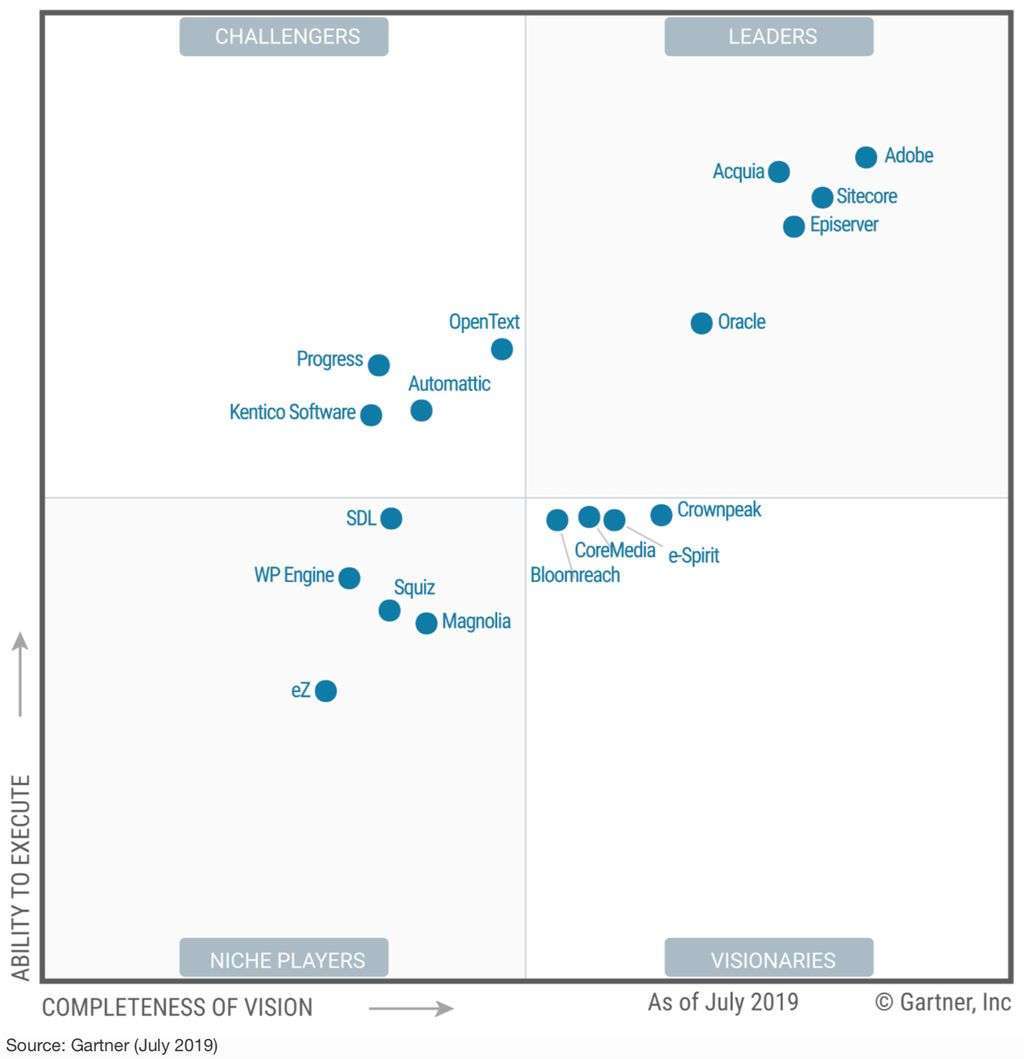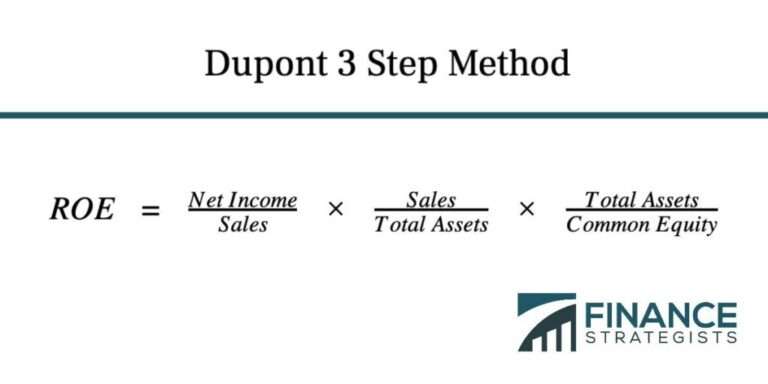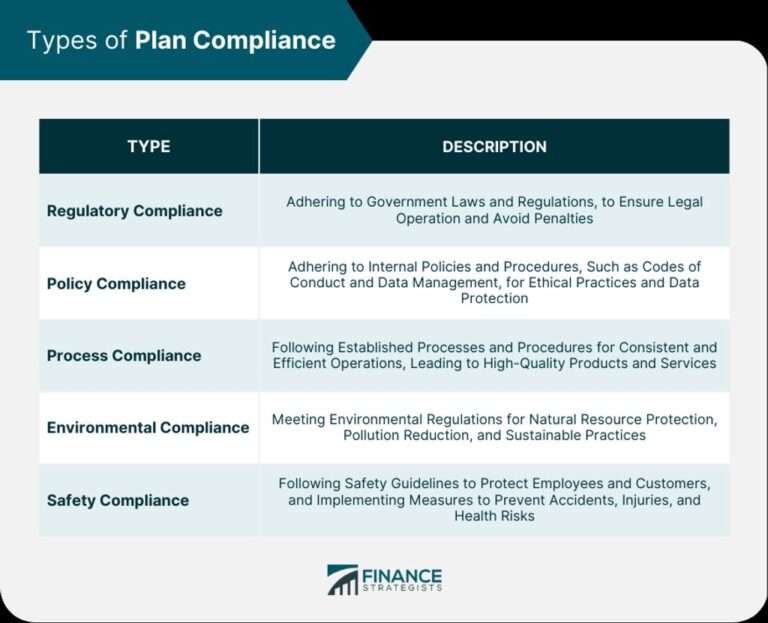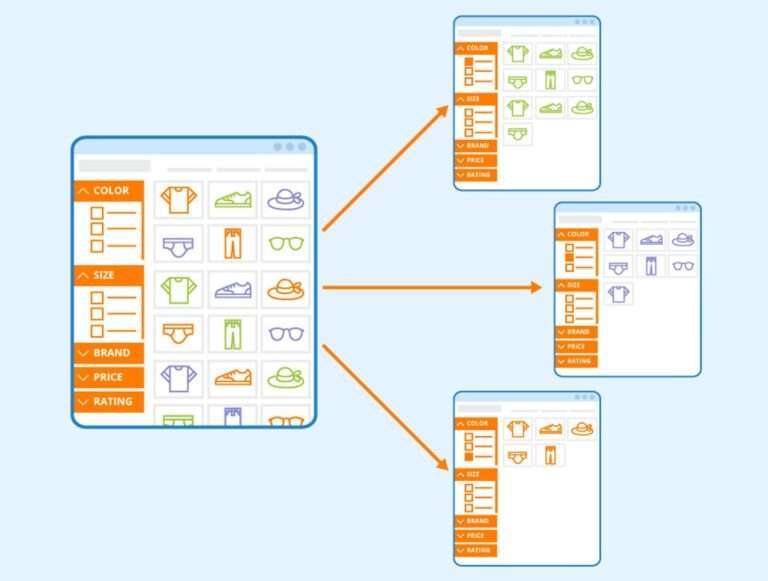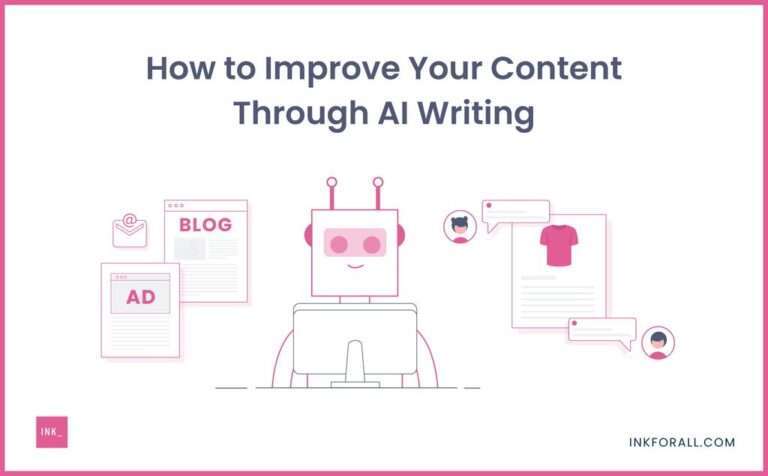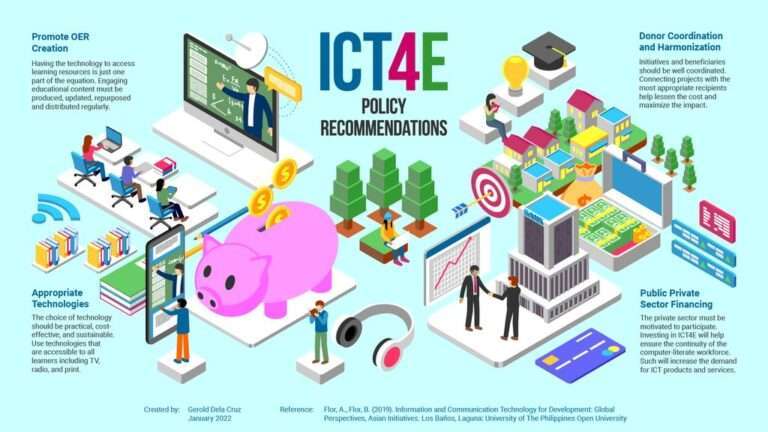What is Content Management?
Overview
What is Content Management?
Content management is the process of organizing, managing, and publishing digital content. It involves creating, editing, and organizing content in a structured manner to ensure it is easily accessible and reusable. Content management systems (CMS) are software platforms that facilitate these tasks by providing a centralized location for content storage, collaboration, and publishing. With a CMS, organizations can efficiently manage their content, streamline workflows, and ensure consistent branding and messaging across multiple channels.
Benefits of Content Management
Content management systems (CMS) offer several benefits for businesses and individuals. Improved efficiency is one of the main advantages of using a CMS. With a CMS, content creation and management become streamlined, allowing for faster content updates and easier collaboration among team members. Another benefit is consistent branding. A CMS enables users to maintain a consistent look and feel across all content, ensuring a unified brand experience. Additionally, CMS platforms often include built-in SEO features, making it easier to optimize content for search engines. Overall, using a CMS can help businesses save time, enhance productivity, and deliver a better user experience.
Types of Content Management Systems
Content management systems (CMS) are software applications that enable users to create, manage, and publish digital content. There are three main types of CMS: traditional CMS, headless CMS, and hybrid CMS.
| CMS Type | Description |
|---|---|
| Traditional CMS | This type of CMS combines content creation, management, and presentation in a single system. It provides a user-friendly interface for non-technical users to easily create and publish content. |
| Headless CMS | Unlike traditional CMS, headless CMS separates the content creation and management from the presentation layer. It allows developers to use APIs to deliver content to different channels, such as websites, mobile apps, and IoT devices. |
| Hybrid CMS | Hybrid CMS combines the features of traditional CMS and headless CMS. It provides a user-friendly interface for content creation and management, while also allowing developers to deliver content through APIs. |
Each type of CMS has its own strengths and weaknesses, and the choice depends on the specific needs and goals of the organization.
Content Creation
Planning and Research
When it comes to planning and research for content creation, it is important to understand the target audience and their needs. This involves conducting thorough market research, competitor analysis, and keyword research to identify relevant topics and trends. Additionally, creating a content calendar and setting goals can help in organizing the content creation process. By investing time in planning and research, content creators can ensure that their content is well-targeted, valuable, and meets the needs of their audience.
Writing and Editing
When it comes to writing and editing content, it is important to follow a structured process to ensure quality and consistency. This process typically involves planning and research to gather information and identify key points, followed by the actual writing of the content. Once the content is written, it goes through a thorough editing process to refine the language, grammar, and overall clarity. This is done to ensure that the content meets the desired standards and effectively communicates the intended message. By following a systematic approach to writing and editing, content creators can produce high-quality and engaging content that resonates with the target audience.
Content Optimization
Content optimization is a crucial step in the content creation process. It involves analyzing and improving the content to ensure it is high-quality, engaging, and optimized for search engines. This includes keyword research, meta tag optimization, and content formatting. By optimizing the content, businesses can increase their visibility in search engine results and attract more organic traffic to their websites. Additionally, content optimization helps improve the user experience by providing valuable and relevant information to the audience. It is important to regularly monitor and update the content to maintain its effectiveness and keep up with changing trends and search algorithms.
Content Organization
Taxonomy and Metadata
Taxonomy and metadata are critical components of a content management system (CMS). Taxonomy refers to the classification and organization of content into categories and subcategories. It helps in creating a logical structure for content and makes it easier to find and navigate. Metadata, on the other hand, provides additional information about the content, such as keywords, descriptions, and tags. It helps in improving searchability and enables better content discovery. Together, taxonomy and metadata enhance the overall organization and accessibility of content within a CMS.
Content Categorization
Content categorization is the process of organizing content into different categories based on its characteristics and purpose. It helps in efficient content management by making it easier to search, retrieve, and organize content. Categorizing content allows businesses to provide a better user experience by delivering relevant content to their audience. It also helps in improving search engine optimization (SEO) by making it easier for search engines to understand and index the content. Content categorization can be done through various methods such as hierarchical categorization, faceted categorization, or a combination of both. It is an essential step in content management to ensure that content is easily accessible and effectively utilized.
Content Tagging
Content tagging is an essential aspect of content management systems. It involves assigning tags or labels to pieces of content to make them easily searchable and categorizable. Tags can be keywords, phrases, or specific terms that describe the content’s topic, theme, or attributes. By tagging content, organizations can improve the discoverability and findability of their content, making it easier for users to locate relevant information. Content tagging also facilitates content personalization and enables the creation of dynamic content experiences. Overall, content tagging plays a crucial role in enhancing content organization and retrieval within a content management system.
Content Publishing
Content Workflow
Content workflow refers to the process of creating, reviewing, and approving content before it is published. It involves multiple stages, such as content creation, editing, and approval. A well-defined content workflow ensures that the content is of high quality, consistent, and aligned with the overall content strategy. It also helps in streamlining the content production process, reducing errors, and increasing efficiency. Content management systems often provide features to facilitate and automate content workflows, such as assigning tasks to team members, tracking progress, and sending notifications.
Version Control
Version control is a crucial aspect of content management systems (CMS). It allows multiple users to collaborate on content creation and track changes over time. With version control, every modification made to the content is recorded, making it easy to revert to previous versions if needed. This ensures that the published content is always up-to-date and accurate. Additionally, version control enables content managers to assign roles and permissions to users, ensuring that only authorized individuals can make changes. Overall, version control enhances the efficiency and accuracy of content publishing in a CMS.
Content Distribution
Content distribution is a crucial step in the content management process. It involves the dissemination of published content to various channels and platforms, ensuring that it reaches the target audience effectively. Content can be distributed through websites, social media, email newsletters, and other digital channels. Analytics tools are often used to analyze the performance of the distributed content, providing insights into audience engagement and reach. Effective content distribution strategies play a vital role in maximizing the impact and visibility of the content.


